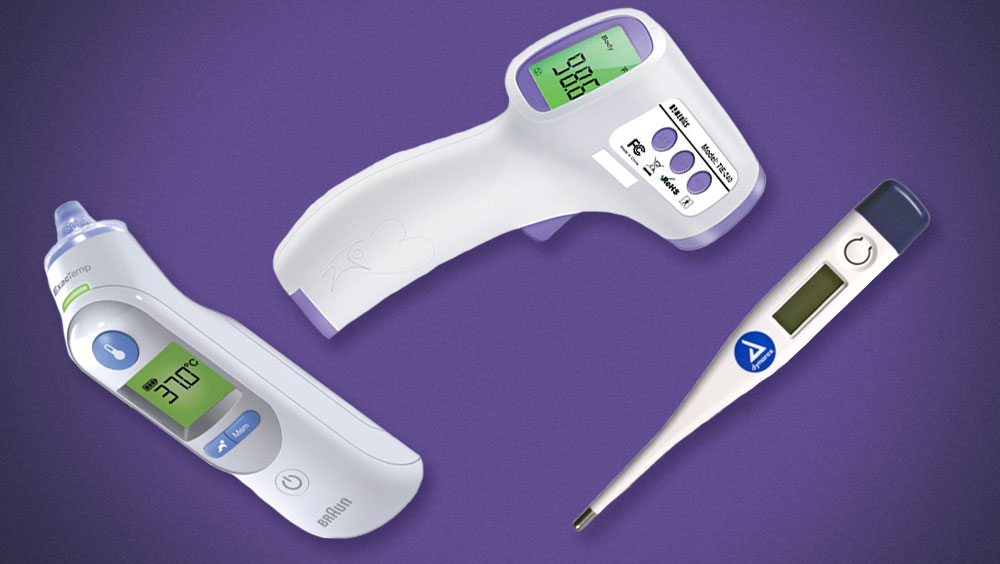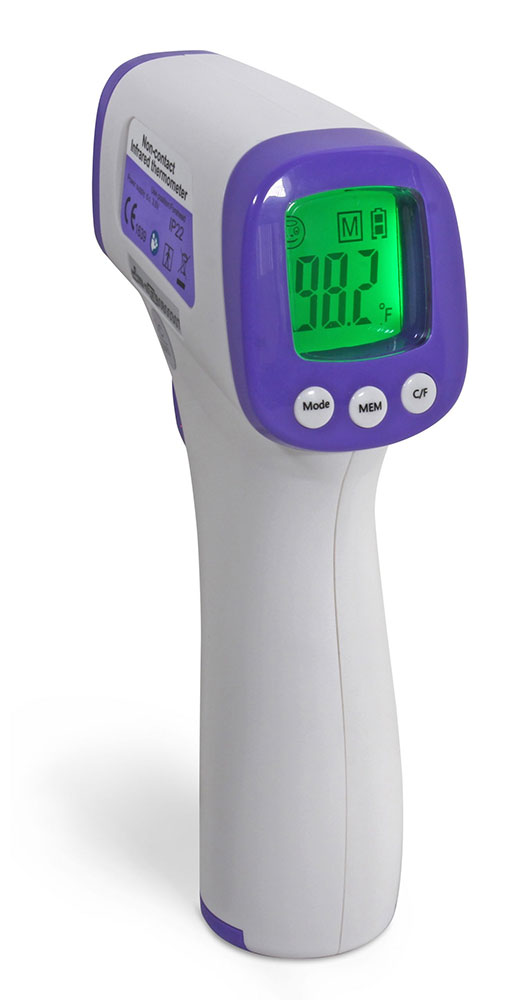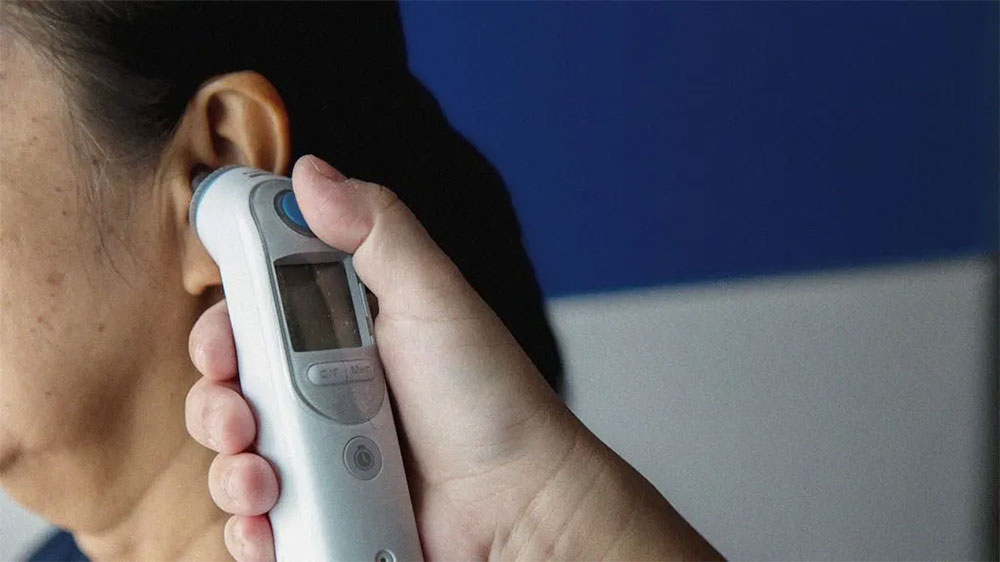
Many first-aid kits contain basic medical items such as bandages and gauze, but a well-stocked bag also needs a thermometer for monitoring body temperature. If you don't have a thermometer on hand, pick one up for the next time someone feels sick or has symptoms such as the chills, shivering, body aches, sweating, or fatigue.
Using a Thermometer to Detect Fever

Body temperature can indicate infection or illness. A thermometer can be used to detect and monitor a fever to provide detailed information to health care providers. Every thermometer is different, so read and follow package directions, and ensure batteries are at full strength for best results.
Normal body temperature is 98.6°F (37°C), although it can range higher or lower depending on the individual, environment, and time of day. A temperature over 100.4°F (38°C) signals that a fever is present. Most fevers, in otherwise healthy individuals, don't require medical attention and run their course as the body fights off the infection.
Mayo Clinic recommends consulting a health care provider if anyone older than two years has a temperature above 102°F (38.9°C) for more than a few days.
Electronic Thermometers

For most purposes, an electronic thermometer does the trick. Widely available in pharmacies, these devices measure body temperature through the mouth, armpit, or rectum and provide fast and fairly accurate readings.
Digital thermometers have a temperature display at one end and a probe that looks like a pencil tip at the other end. The probe can be placed under the tongues of adults and children who are able to close their mouths and keep the thermometer in place for about 30 seconds.
A restless toddler who can't keep still for an oral check can have their temperature taken in their underarm. Place the electronic thermometer in the child's armpit, with their upper arm tucked against the body.
Rectal temperature checks are most accurate for babies and young toddlers. Be sure to designate a separate thermometer for this purpose.
Other Types of Thermometers

Tympanic thermometers measure temperature inside the ear canal using infrared heat. These are useful for children and babies over the age of three months, although they're more expensive than electronic thermometers. Temperature readings may be less accurate if there's a build-up of wax in the ear canal.
Temporal thermometers use infrared technology to scan the temporal artery on the forehead. Some temporal thermometers are placed directly on the forehead and moved along the skin, but these aren't as accurate as electronic thermometers. Non-contact temporal thermometers can be held away from the forehead, measuring temperature without skin contact.
Glass thermometers are no longer sold or recommended for use because they contain toxic mercury.